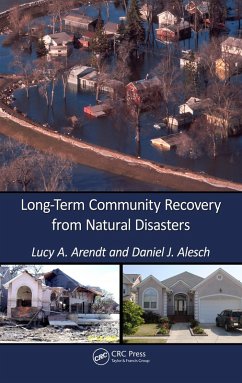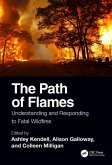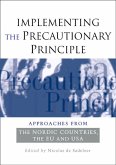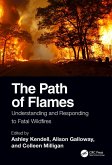Long-Term Community Recovery from Natural Disasters presents what the authors have learned over two decades from more than two dozen community disasters in and outside the United States. Based on their experiences, they provide a set of practical, cost-effective steps for both reducing the consequences of extreme natural hazard events on communities and for facilitating community recovery.
To achieve long-term recovery, it is essential that we understand how communities develop and/or decay in the absence of an extreme natural hazard event. Then, by recognizing how these events disrupt normal development and change, we can determine which parts of the community have to become reestablished or made more functional so that the community can achieve long-term viability. The authors explain how this appreciation of community dynamics and the consequences of extreme natural hazard events enables us to identify those critical points for policy intervention at appropriate levels of government. The combined practical and philosophical insight presented in this book will be valuable not only to policy makers but to scholars as well.
Dieser Download kann aus rechtlichen Gründen nur mit Rechnungsadresse in A, B, BG, CY, CZ, D, DK, EW, E, FIN, F, GR, HR, H, IRL, I, LT, L, LR, M, NL, PL, P, R, S, SLO, SK ausgeliefert werden.









